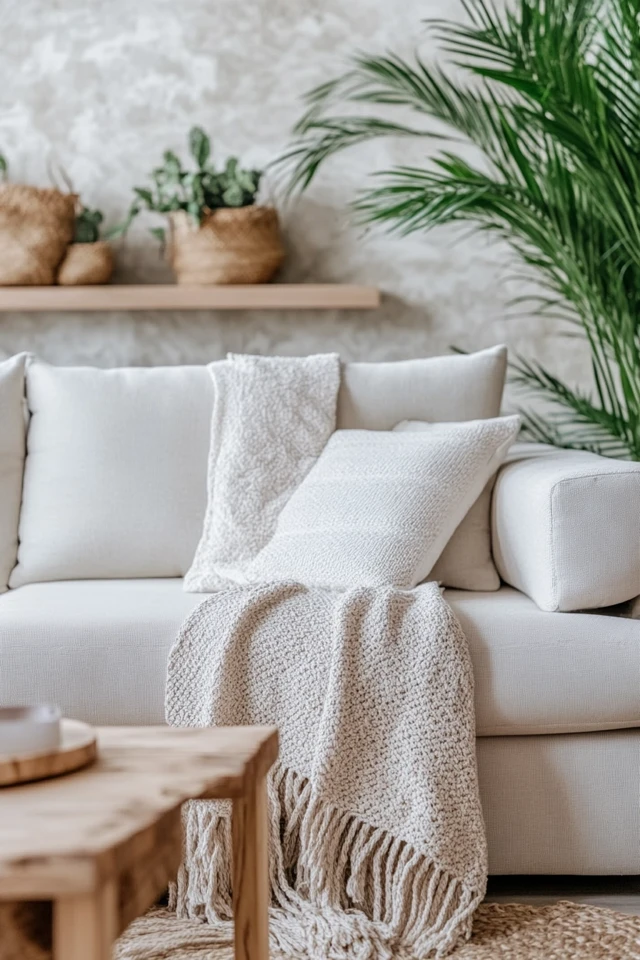Introduction
Minimalist design is all about simplicity, functionality, and creating spaces that feel calm and intentional. However, many people think adopting a minimalist aesthetic requires an extravagant budget. Let me tell you, it doesn’t have to be that way! When I first started transforming my home into a minimalist haven, I was on a shoestring budget. With a bit of creativity, I repurposed furniture, decluttered ruthlessly, and invested in a few quality pieces that completely transformed my space.
Minimalism is not about buying new things—it’s about making thoughtful choices and creating an environment that serves your needs. Whether you’re starting from scratch or refining your current decor, these 10 affordable tips will help you achieve a minimalist look without breaking the bank.
Why Choose Minimalism?
Key Benefits
- Decluttered Spaces: Minimalism encourages you to let go of unnecessary items, creating a sense of calm.
- Timeless Appeal: Simple and functional designs are always in style.
- Budget-Friendly: With fewer items to buy, you can focus on quality rather than quantity.
- Easy to Maintain: A clutter-free home is easier to clean and organize.
1. Start With Decluttering
Why It Works
Minimalism begins with reducing what you own, making it the most affordable first step.
How to Do It
- Use the “one-year rule”: If you haven’t used something in a year, donate or sell it.
- Focus on one area at a time, such as your closet, kitchen, or living room.
- Digitize documents, photos, and music to reduce physical clutter.
- Sell unwanted furniture or decor online to fund your minimalist redesign.
2. Repurpose What You Already Have
Why It Works
Minimalism encourages you to make the most of what you already own instead of buying new items.
How to Do It
- Paint or refinish old furniture to give it a fresh, minimalist look.
- Repurpose storage solutions, like using baskets or bins you already have.
- Use books, plants, or neutral decor items to style shelves or tables.
- Simplify your existing decor by removing excess layers and keeping only the essentials.
3. Embrace Neutral Colors
Why It Works
A neutral color palette is the hallmark of minimalist design and can make your space feel open and serene.
How to Do It
- Paint your walls in affordable shades like white, beige, or light gray.
- Swap out colorful decor for neutral throw pillows, blankets, or curtains.
- Stick to a consistent palette throughout your home for a cohesive look.
- Use inexpensive fabric dye to transform colorful textiles into muted tones.
4. Invest in Multi-Functional Furniture
Why It Works
Multi-functional furniture saves space, reduces clutter, and eliminates the need for multiple items.
How to Do It
- Look for storage ottomans, sofa beds, or coffee tables with hidden compartments.
- Use a daybed in a guest room or living room for added versatility.
- Purchase second-hand pieces or shop at affordable retailers like IKEA or Facebook Marketplace.
- Opt for lightweight furniture that’s easy to move and repurpose.
5. Simplify Your Wall Decor
Why It Works
Minimalism prioritizes clean walls, which instantly makes a space feel less cluttered.
How to Do It
- Take down excess art or photos and stick to one or two statement pieces.
- Use inexpensive frames to showcase black-and-white prints or abstract designs.
- Create a gallery wall with a consistent theme, like line drawings or nature photography.
- DIY your own wall art with simple shapes or textures for a personalized touch.
6. Incorporate Natural Elements
Why It Works
Plants, wood, and other natural materials bring warmth to minimalist spaces without adding visual clutter.
How to Do It
- Add inexpensive houseplants like pothos, snake plants, or succulents.
- Use wooden furniture or decor for a grounded, organic feel.
- Style with natural textiles like cotton, jute, or linen for rugs and cushions.
- Collect branches, stones, or shells for unique, budget-friendly decor.
7. Focus on Quality Over Quantity
Why It Works
Minimalism encourages you to buy fewer but better items, saving money in the long run.
How to Do It
- Identify essential pieces, like a sturdy bed frame or a quality sofa, and save for those.
- Look for sales or second-hand versions of high-quality furniture and decor.
- Prioritize durable materials like solid wood or metal over cheaper alternatives.
- Avoid impulse purchases—wait 24 hours before deciding to buy.
8. Let in Natural Light
Why It Works
Natural light enhances the simplicity of a minimalist space and reduces the need for additional decor.
How to Do It
- Remove heavy curtains and opt for sheer or no window treatments.
- Rearrange furniture to maximize light from windows.
- Use mirrors strategically to reflect and amplify natural light.
- Clean windows regularly to keep the space feeling fresh and open.
9. Use Storage Wisely
Why It Works
Smart storage keeps your essentials out of sight, maintaining the clean lines of a minimalist design.
How to Do It
- Use under-bed storage for seasonal clothing or extra linens.
- Opt for vertical storage solutions like wall shelves or tall bookcases.
- Organize drawers and cabinets with affordable dividers or bins.
- Label storage boxes for easy access without disrupting the design.
10. Shop Second-Hand
Why It Works
Thrift stores, flea markets, and online marketplaces are treasure troves for minimalist furniture and decor at a fraction of the cost.
How to Do It
- Search for solid wood furniture with clean lines that can be easily refinished.
- Look for vintage mid-century modern pieces, which often align with minimalist design.
- Negotiate prices or wait for discounts to maximize your budget.
- Keep an open mind—sometimes, a little paint or polish can make a big difference.
Picture Gallery
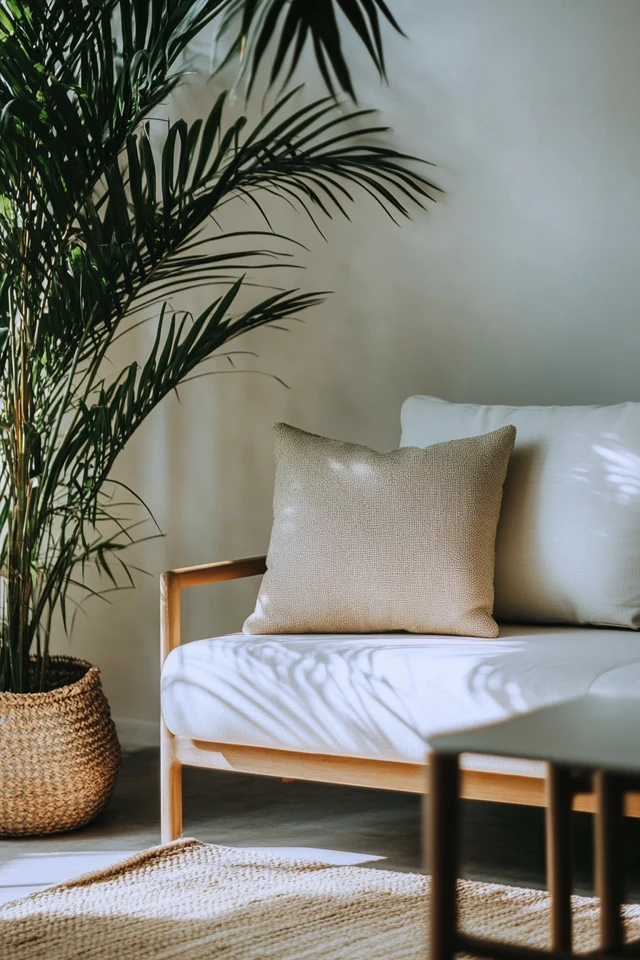
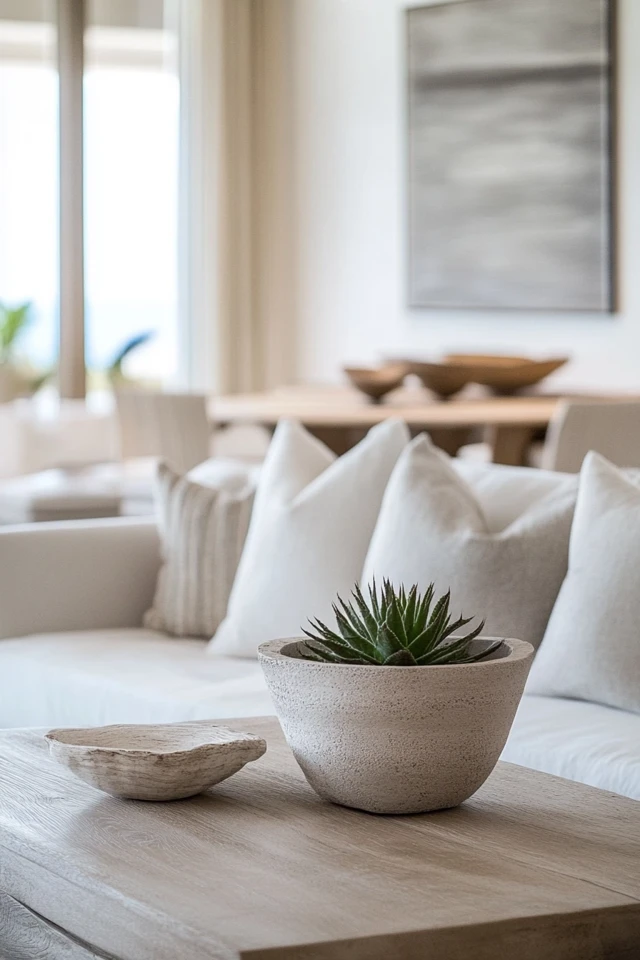
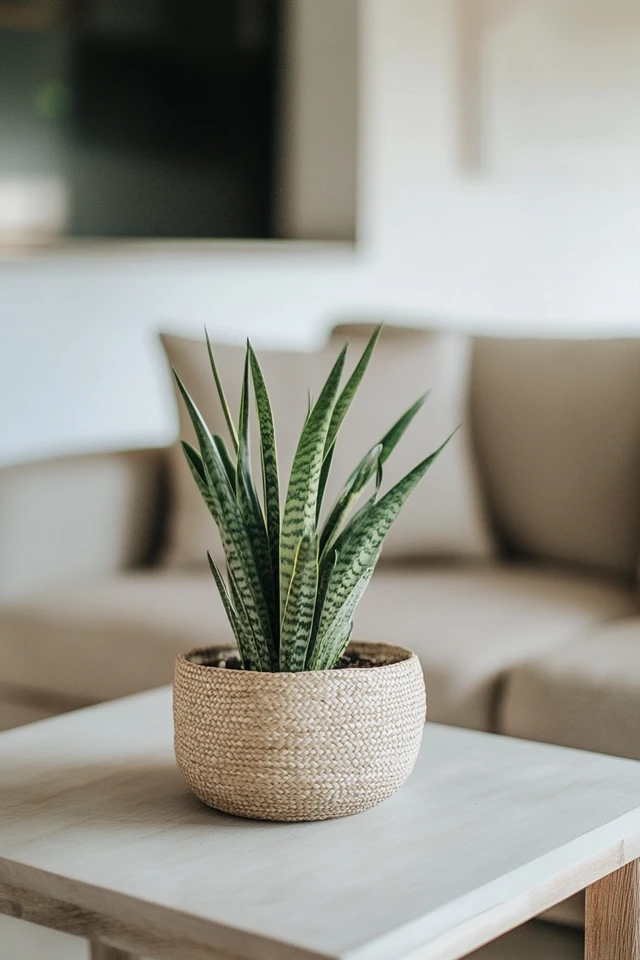
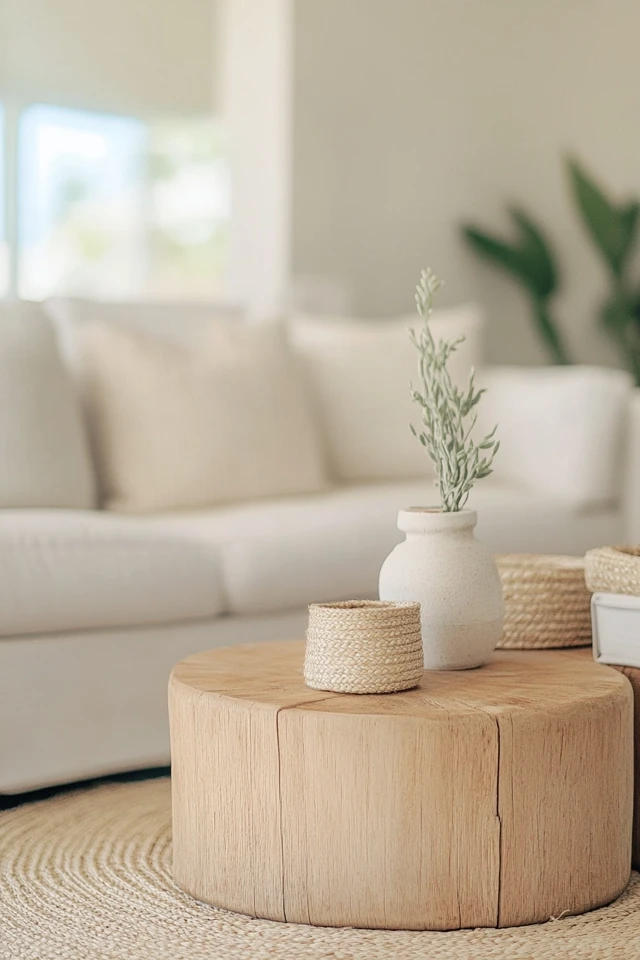
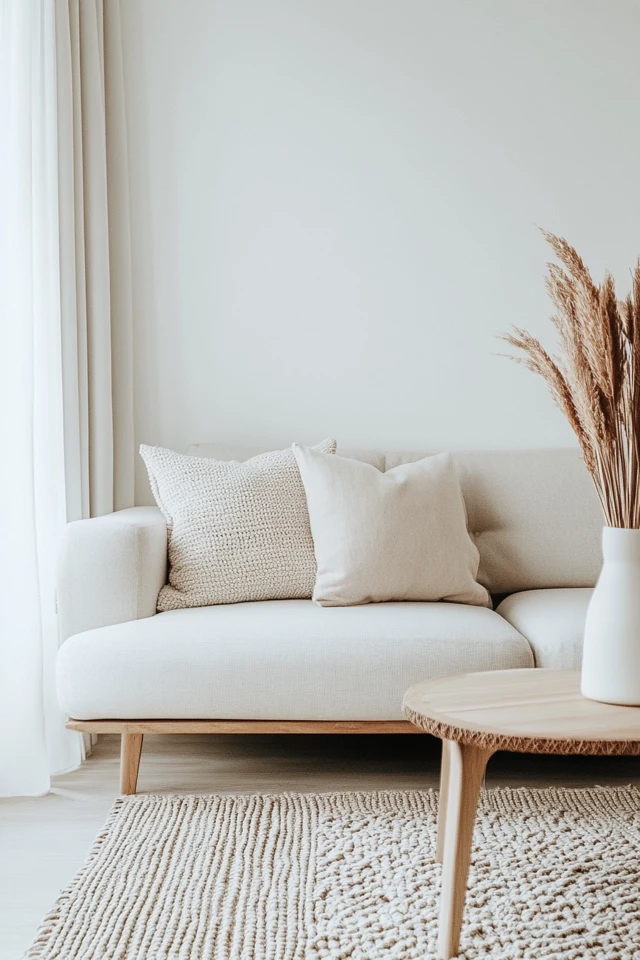
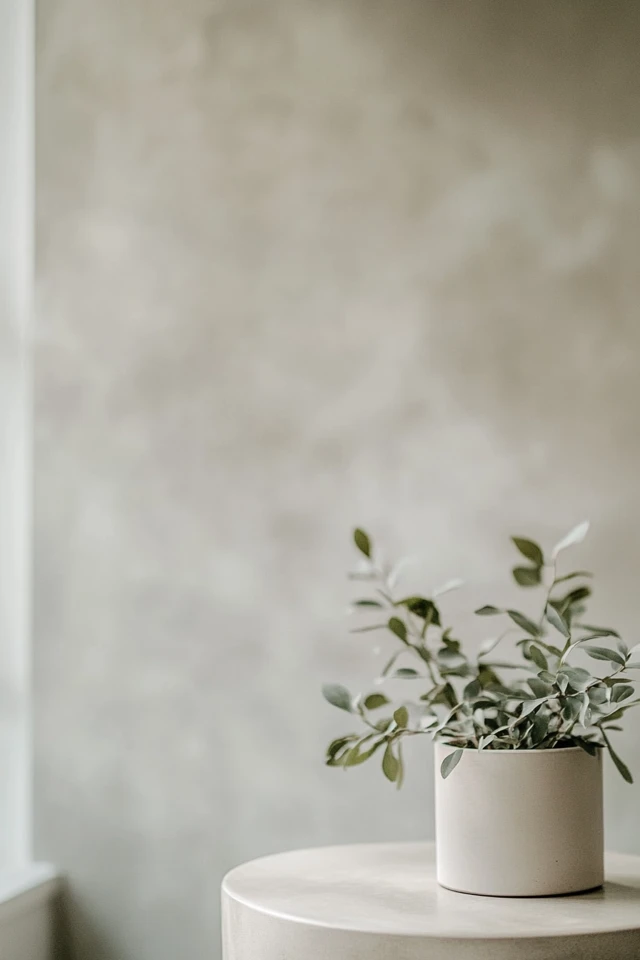
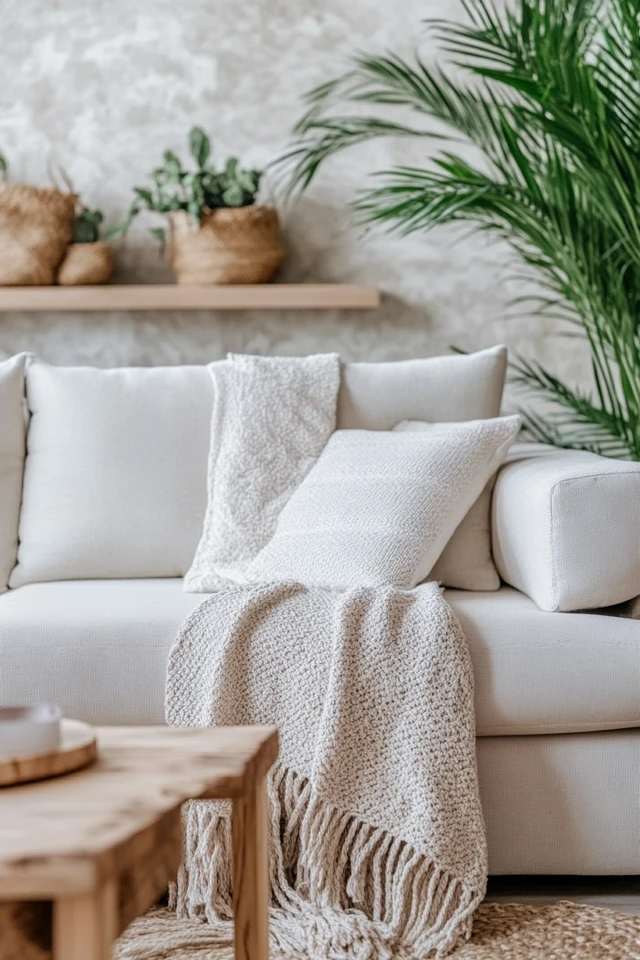

Conclusion
Adopting a minimalist design style doesn’t have to be expensive. By focusing on decluttering, repurposing, and making thoughtful purchases, you can create a space that feels peaceful, functional, and stylish—all without breaking the bank.
What I love most about minimalism is that it’s not about perfection or having the “right” things—it’s about creating a home that feels like a sanctuary. With these affordable tips, you can embrace minimalism in a way that suits both your lifestyle and your budget.
So start small. Clear out a cluttered corner, refresh your color palette, or hunt for a second-hand gem. Each step will bring you closer to the minimalist home of your dreams.
FAQ
Can I adopt minimalism without getting rid of everything I own?
Yes! Minimalism is about intentionality. Keep items that serve a purpose or bring you joy, and remove what no longer adds value to your life.
What’s the most affordable way to start with minimalist design?
Decluttering is free and has the biggest impact. Start by removing unnecessary items to create a cleaner, more intentional space.
How do I make a minimalist space feel cozy?
Layer natural textures like wool, linen, or jute, and add warm lighting through table lamps or string lights.
Can I mix minimalism with other design styles?
Absolutely! Minimalism pairs well with bohemian, industrial, and Scandinavian styles—just keep the focus on simplicity and functionality.
Where can I find affordable minimalist furniture and decor?
Check thrift stores, online marketplaces like Facebook or Craigslist, and budget-friendly retailers like IKEA or Target for minimalist pieces.

